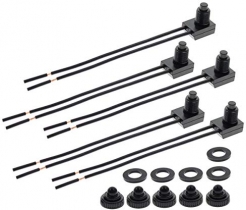-
Welcome to Tundras.com!
You are currently viewing as a guest! To get full-access, you need to register for a FREE account.
As a registered member, you’ll be able to:- Participate in all Tundra discussion topics
- Transfer over your build thread from a different forum to this one
- Communicate privately with other Tundra owners from around the world
- Post your own photos in our Members Gallery
- Access all special features of the site
Loctite... Yes or No? + Torque Specs!
Discussion in '3rd Gen Tundras (2022+)' started by jmay86, Jun 29, 2022.


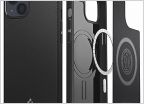 I phone case that works with charging cradle
I phone case that works with charging cradle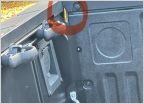 Gap in tailgate
Gap in tailgate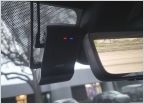 Dashcam Install
Dashcam Install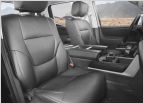 23 Toyota Tundra seat covers
23 Toyota Tundra seat covers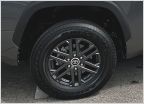 SR5-SX Blackout Cap wrap or replace?
SR5-SX Blackout Cap wrap or replace?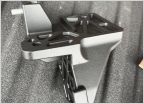 Bed step drama continues - need help
Bed step drama continues - need help






























